Navigating Uncertainty: Shrimp Farmers Explore New Paths in 2025
Shrimp farming is becoming increasingly difficult to sustain profitably
In recent years, the shrimp farming industry has faced numerous challenges, including erratic weather, environmental issues, disease outbreaks, and market fluctuations—all of which have made it harder for farmers to maintain profitability. Notably, over the past two years, raw shrimp prices have plummeted, significantly affecting farmers’ confidence and willingness to invest. On a broader scale, the cost of shrimp production in Vietnam remains relatively high compared to other countries—by as much as USD 1 more per kilogram of raw shrimp—reducing Vietnam’s competitiveness in the global market.
Statistics show that shrimp feed prices have surged by 20–30% in the past year alone, putting significant pressure on farmers. Many shrimp farms are currently operating at a loss, with some reporting only 50–60% of investment costs recovered, making it impossible to continue farming.
At the C.P. Vietnam customer conference held in Bac Lieu on August 16, Mr. Boonlap Watcharawanitchakul, Senior Vice President of C.P. Vietnam, commented on the industry's outlook. According to him, even if shrimp prices rise again, they are unlikely to return to their “golden age” highs because other countries are aggressively developing low-cost shrimp farming. Therefore, the future of shrimp farming lies in increasing survival rates and reducing production costs to boost competitiveness and ensure profitability for farmers and the industry as a whole.

Anxiously searching for the right farming method
Today, many new shrimp farming models and technologies are being introduced and applied. However, choosing a method that fits the farmer’s financial capacity while ensuring a successful crop and profit remains a significant challenge.
High-tech shrimp farming models are currently gaining traction. Systems like RAS (Recirculating Aquaculture System) and two-phase farming are being adopted by many. RAS systems allow water reuse, minimize wastewater, and reduce operational costs. Meanwhile, the two-phase farming model improves control over shrimp development, reduces disease risk, and mitigates environmental fluctuations.
However, not all farmers can afford these technologies. Incomplete investments in equipment or processes can lead to crop failure and financial ruin. A farmer from Vinh Hau commune, Hoa Binh district, Bac Lieu province, stated: “In recent years, industrial-scale shrimp farming has become highly risky. The loss rate is around 50%, and many households have suffered consecutive failures, resulting in debt or even selling land to pay off losses. Input costs are rising while output prices keep falling. Super-intensive and semi-intensive models have high yields, but the risks are widespread—any drop in shrimp prices leads to immediate losses.”
In this context, shrimp farmers are actively researching and adopting new technologies—from organic shrimp farming to using agricultural by-products—to improve water quality and reduce production costs.
Probiotic shrimp farming makes a comeback
Ecological farming methods are gaining popularity again. These rely on creating a more natural environment for shrimp, which helps lower costs and enhance shrimp immunity. Many farmers have successfully implemented this method and reported significant yield improvements.
Among innovative approaches, using rice straw in shrimp farming is drawing attention. This method not only serves as feed but also optimizes the interaction between straw and pond ecosystems. The rice straw farming model, once used 20–30 years ago, is seeing renewed interest today with updated implementation methods that are delivering promising results.
Rice straw, an agricultural by-product, helps reduce environmental pollution and provides a natural food source for shrimp. When introduced into ponds, it supports the growth of beneficial microorganisms, improves water quality, and strengthens shrimp health. Moreover, this technique helps farmers save costs and utilize locally available resources. Thanks to these advantages, rice straw farming not only boosts productivity but also moves toward a more sustainable, eco-friendly, and economically viable aquaculture model.

While new farming methods are emerging, transitioning remains a challenge. A lack of knowledge and skills continues to be a major barrier. Many farmers are hesitant to adopt new technologies due to the high initial costs. Therefore, the key to successful transformation lies in changing mindsets, updating farming approaches, and a commitment to continuous learning. Collaboration between stakeholders—scientists, policymakers, and businesses—is also essential in building a more sustainable future for the shrimp industry.
Source: aquaculture.vn
Aqua Mina's distributor in Japan: REX INDUSTRIES CO., LTD
- Address: 1-9-3 Hishiya-Higashi, Higashi-Osaka 578-0948 JAPAN
- Email: kimakubo@rexind.co.jp
- Phone: +81-(0)72-961-9893
- Website: http://www.rexind.co.jp/e/

WE WORK FOR YOUR SUCCESS!
Ngày đăng : 03/08/2025
1452 View
Other Articles
Vietnamese shrimp and catfish choose a sustainable path in global competition
End-of-Season Shrimp Prices Reach Record Highs
Norway – Russia Reach Barents Sea Fisheries Agreement for 2026
Cà Mau strengthens traceability to enhance the competitiveness of the shrimp industry.
Cold stress: Effects on the plasma characteristics of whiteleg shrimp.
A new breakthrough in the prevention of diseases caused by the microsporidian parasite EHP in shrimp farming
Vietnam’s shrimp export outlook in the first quarter of 2026 continues to face heavy pressure from tariffs.
New England’s shrimp fishery to shut down for the long haul after years of decline
Crab exports to the United States account for more than 80%.
Thailand sets a target to increase shrimp production to 400,000 tons by 2026.
CTU-RAS: Recirculating Shrimp Farming for Sustainable Development
Vietnamese aquatic products reach new markets








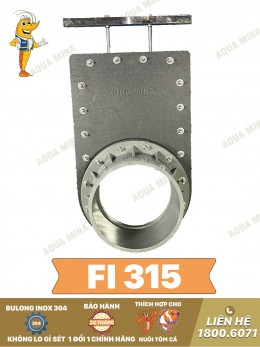
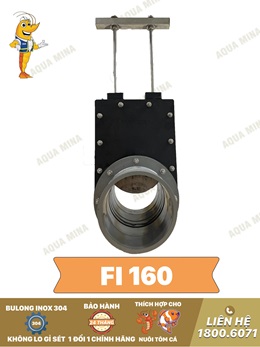
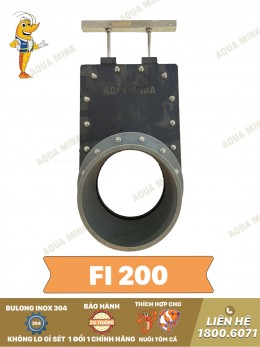
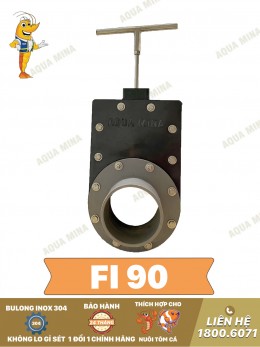
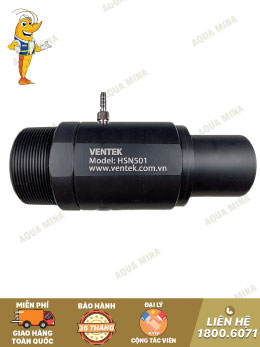
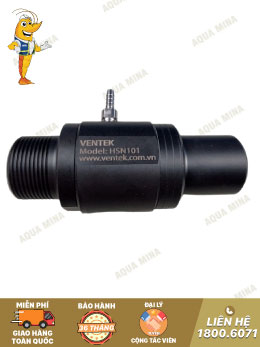
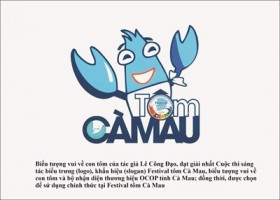
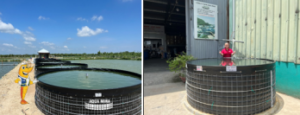
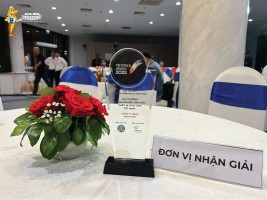
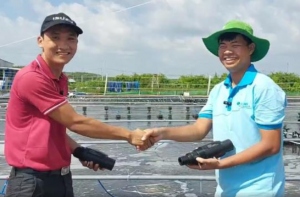
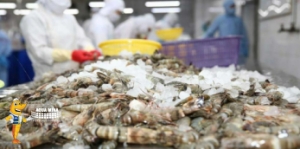
.jpg)